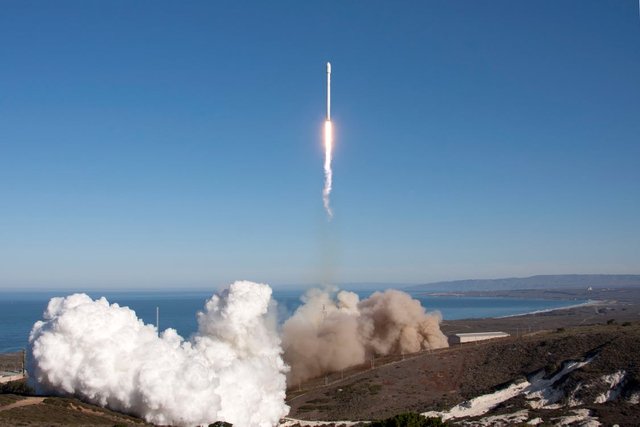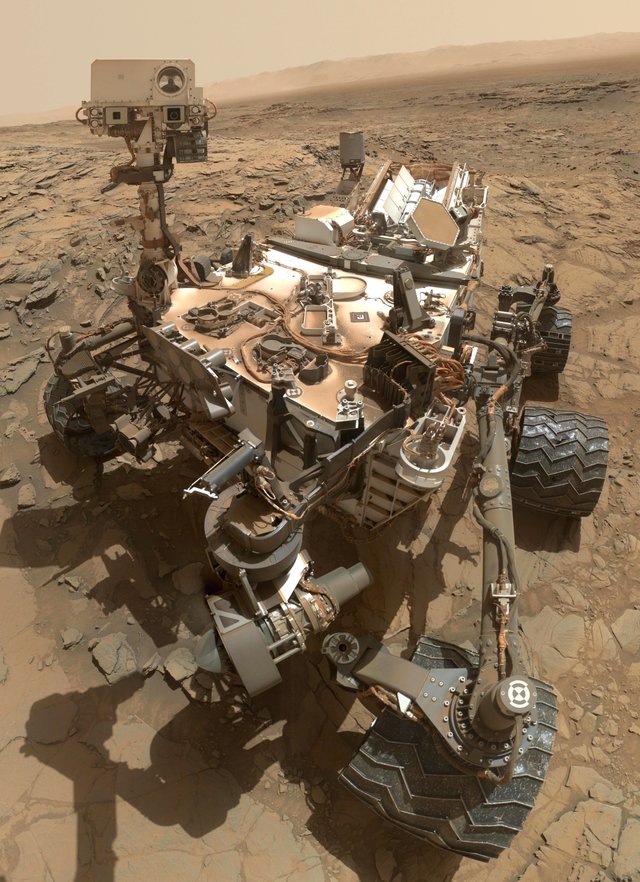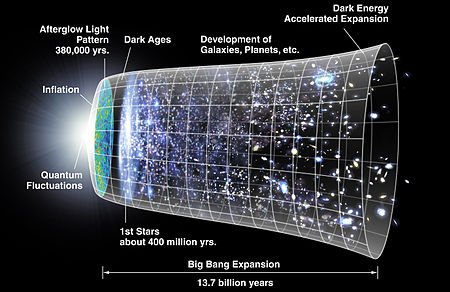DaVinci Times #1.4
The hole confirmed
Few days ago, we reported that one of SpaceX’s rockets, the Formosat one on 24th August 2017, had “poked a hole” in the ionosphere, causing some problems to GPS services.

Imagine CC0 Creative Commons - Source
Now, some more detailed studies confirmed that the rocket, launched with an unusual (almost vertical) angle, generated a shock wave four times bigger than California.
The shock wave is generated by the interaction between the steam produced by the rocket and the ionospheric charged particles, without however permanently damaging this layer. The effects, including GPS signal noise, lasted just over two minutes.
In spite of this apparent short duration, researchers think could be interesting to understand how these events interact with our atmosphere.
Is there something in my teeth?
Every day, many of us use sensors for the collection of data concerning physical activity (heart rate, blood pressure,..), but researchers are developing a new tool to be placed in an area that had not been considered until now: the teeth.

These devices are designed to detect which chemicals are present in the mouth environment. This sensor consists of a polymeric film, supported by two antennas, formed by two rings square shaped. This sensor will be able to transmit a series of data, in particular on what is ingested, to an external device, such as smartphone and can make a huge contribution to the clinic investigation of the interaction of some substances with the state of health of the patient.
Article source
2000 days on Mars
Curiosity Rover spent two thousand days on the surface of the Red Planet.

Imagine CC0 Creative Commons - Source
Landed in August 2012, the rover has covered about 20 km on the Martian surface, inside the Gale crater.
Curiosity studied the geological history of the planet, and has made it possible to understand how the climate evolved over billions of years.
The collected data show that in the past there was liquid water on Mars, and maybe the conditions were favorable for the development of life.
According to the team working at Curiosity, the rover is in good condition and it will still work for a few years, waiting for its successor, which will be launched in 2020.
Post of the day

Imagine CC0 Creative Commons - Source
Today @sigmund face a complicated topic in cosmology: the expansion of the Universe. Explaining the principles that are at the basis of our comprehension
of the universe, from the cosmological principle to the metric of spacetime, the author tries to answer at some questions: what is the universe expanding? Is there something outside?

Immagine CC0 Creative Commons, si ringrazia @mrazura per il logo ITASTEM.
CLICK HERE AND VOTE FOR DAVINCI.WITNESS
Keep in mind that for organizational reasons it’s necessary to use the “steemstem” and “davinci-times” tags to be voted.
@aboutcoolscience - @farmacistasmz - @spaghettiscience - @rscalabrini
Confermato il buco di SpaceX
Come avevamo avuto modo di vedere alcuni giorni fa, è stato recentemente ipotizzato che uno dei lanci di SpaceX, in particolare quello del satellite Formosat il 24 agosto 2017, avesse “bucato” la ionosfera, causando alcuni problemi ai servizi GPS.

Imagine CC0 Creative Commons - Source
Ora, da studi più approfonditi, sembra essere confermato lo scenario secondo il quale il razzo, lanciato con un’angolazione insolita (quasi verticale), avrebbe generato un’onda d’urto ampia quattro volte la California.
L’onda d’urto viene generata dall’interazione tra il vapore prodotto dal razzo e le particelle cariche della ionosfera, senza però danneggiare quest’ultima in modo permanente. Gli effetti, tra cui il disturbo del segnale GPS, sono durati infatti poco più di due minuti.
A dispetto di questa apparente breve durata, i ricercatori pensano che sia comunque interessante capire a fondo come questi eventi possano interagire con la nostra atmosfera.
Ho qualcosa tra i denti?
Molti di noi utilizzano quotidianamente dei sensori per la raccolta di dati riguardanti l’attività fisica (battito cardiaco, pressione sanguigna, ..), ma i ricercatori stanno sviluppando un nuovo strumento da posizionare in un’area che non era stata fino ad adesso considerata: i denti.

Imagine CC0 Creative Commons - Source
Questi dispositivi sono stati progettati per rilevare quali sostanze chimiche sono presenti nell’ambiente della bocca. Questo sensore è costituito da una pellicola polimerica, supportata da due anelli quadrati che fungono da antenne. Questo sensore sarà in grado di trasmettere una serie di dati, in particolare su quello che viene ingerito, ad un dispositivo esterno come uno smartphone e potrà dare un enorme contributo in clinica, soprattutto per lo studio dell’interazione di alcune sostanze con lo stato di salute del paziente.
2000 giorni su Marte
Il rover Curiosity della Nasa ha da poco tagliato il traguardo dei duemila giorni passati sul Pianeta Rosso

Imagine CC0 Creative Commons - Source
Atterrato nell’Agosto del 2012, il rover ha percorso ad oggi circa 20 Km sulla superficie marziana, all’interno del cratere Gale. Curiosity ha studiato la storia geologica del pianeta, e ha permesso di capire come si è evoluto il clima nel corso di miliardi di anni. I dati raccolti dimostrano che in passato su Marte era presente acqua liquida, e forse le condizioni erano favorevoli allo sviluppo della vita. Il team che lavora a Curiosity sostiene che il rover è in buone condizioni e potrà operare ancora per qualche anno. In attesa del suo successore, che dovrebbe partire nel 2020.
Post del giorno

Imagine CC0 Creative Commons - Source
Oggi @sigmund affronta una questione spinosa in cosmologia: l’espansione dell’Universo. Spiegando i princìpi che stanno alla base della nostra comprensione dell’universo, dal principio cosmologico alla metrica dello spaziotempo, l’autore cerca di dare una risposta a domande difficili: in cosa si espande l’Universo? C’è qualcosa al di fuori?

Immagine CC0 Creative Commons, si ringrazia @mrazura per il logo ITASTEM.
CLICK HERE AND VOTE FOR DAVINCI.WITNESS
Si ricorda che per motivi organizzativi è necessario utilizzare le tag “steemstem” e “davinci-times” per essere votati.
@aboutcoolscience - @farmacistasmz - @spaghettiscience - @rscalabrini
È sempre così interessante curiosare in questa pagina! Complimenti davvero ragazzi!
Bravi ragazzi, ottimo lavoro, come sempre ;)
Ho imparato qualcosa di nuovo su Formosat e su SpaceX. Grazie! :D